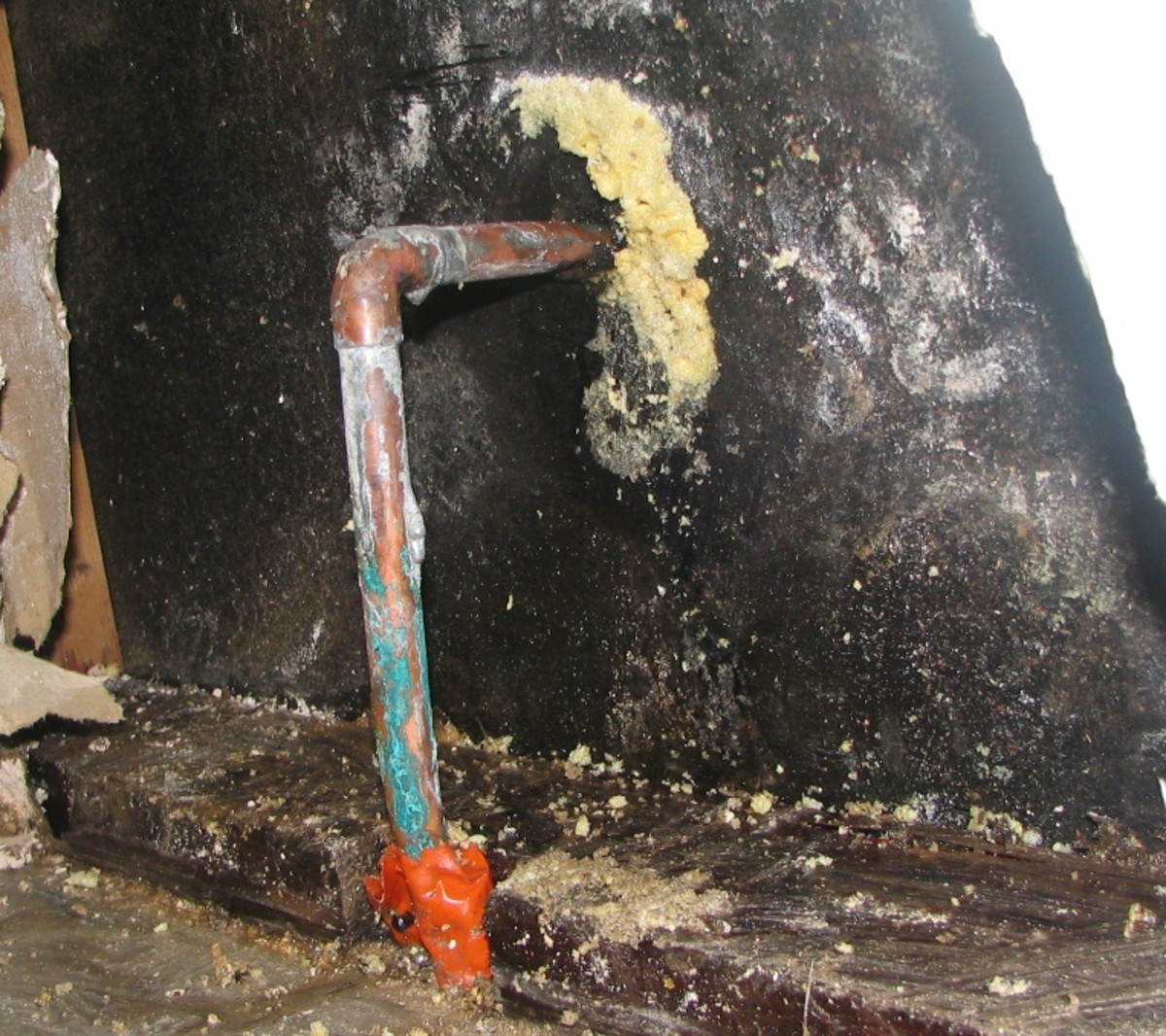Lead Abatement and Lead Hazard Standards
Lead has been used in industrial applications from batteries to soldering capacitors to printed wiring boards, the basis of our high tech manufacturing industry. Lead is also a health hazard.
There are numerous state, federal and industrial standards regarding lead exposure, lead abatement, acceptable lead levels, testing for lead in the environment and removing it.

ASTM Standards for Lead Abatement and Removal
ASTM E1605-04 lists the standard terms and definitions related to lead in buildings. ASTM E1605 lead related definitions are in addition to the terminology for building construction in standard ASTM E631.
ASTM E1908-10 gives the standard sampling procedure for debris waste for Toxicity Characteristic Leaching Procedure or TCLP. This procedure determines how much lead can leach through the debris and into the environment. ASTM E2239 outlines the record keeping and record preservation practices for lead hazard activities.
ASTM E1796-03 outlines the process for the selection of liquid encapsulation coatings for leaded paint used within buildings. ASTM E1796-03 was published in 2011. ASTM E1797 gives the performance specifications for the encapsulation liquid coatings. ASTM E1795 describes the performance specifications for non-reinforced encapsulation products.
ASTM E1979 is the standard method for ultrasonic extraction of samples of air, paint and dirt for the later analysis of its lead content.
ASTM E1613 describes the test procedure for determining lead content using atomic absorption spectrometry.
ASTM E2271 gives the standard for clearing facilities for use after lead hazard reduction.
ASTM E1864-02 outlines the ASTM recommended practice for performing lead hazard assessments for lead in paint, dust and soil around buildings. ASTM E1864 was withdrawn in 2011 without a replacement.
ASTM E2052 was the ASTM guide for performing visual assessments of the lead hazards within buildings. ASTM E2052-99 was withdrawn in 2008 without a replacement.
ISO Standards Regarding Lead
ISO 17025, formerly known as ISO Guide 25, gives the general requirements of testing and calibrating laboratories. A number of ASTM standards reference ISO 17025 as the recommended or required standard for calibrating the lab prior to testing for lead. ISO 17025 is the same standard as IEC 17025.
US Military Standards for Lead Abatement and Lead in Construction
UFGS-02 83 19.00 10 is the US military standard on the abatement of lead based paint in housing and facilities where children may be, such as family housing or childcare facilities.
UFGS-13282N is the active military standard for the use of lead in construction in buildings where children are not going to be on a regular basis.
Federal Standards on Lead Abatement
24 CFR (Code of Federal Regulations) Part 58 outlines the environmental review procedures for organizations taking over HUD environmental responsibilities. The latest version of 24 CFR Part 58 went into effect in 2003. FED H-08-1 SEC 02090 is the federal standard for lead paint removal.
Title 29 CFR 1926.62 is the OSHA standard for lead in the construction industry. This covers all types of lead, including lead solder and lead soap.

Federal Laws on Lead in Construction
OSHA 3142-09R is the U.S. federal government’s standards for lead in construction. This publication sets the employer’s responsibilities for medical surveillance of employees, such as monitoring their blood lead levels, and storing these medical records for years.
OSHA considers the employees most at risk to lead exposure to be those who work in abrasive blasting, work in welding and burning on steel structures where lead is used, those using power tools and anyone working in the demolition of buildings or lead abatement activities of standing buildings.
OSHA 3142-09R favors engineering controls to minimize lead in the workplace over the use of protective clothing and face-masks. While employee training in the proper use of safety equipment and safe workplace practices to minimize lead exposure is required, greater responsibility lays with the employer to minimize lead levels and employee exposure to it.
OSHA 3142 sets maximum permissible exposure limits or PEL and action levels or AL at which employers must take action to reduce lead in the workplace.
State Standards for Lead Abatement and Lead Hazards
Lead abatement standards are not just the purview of the U.S. federal government.
Lead abatement standards are also set by a number of state governments. For example, the state of Michigan has a Lead Abatement Act amended in 2004. The Michigan state rules on controlling lead hazard controls were revised in 2007, and Michigan OSHA or MIOSHA has its own standards for lead used in construction separate from ASTM International standards.
In many cases, state based lead in construction standards are copies of the U.S. OSHA standard for lead in construction.








